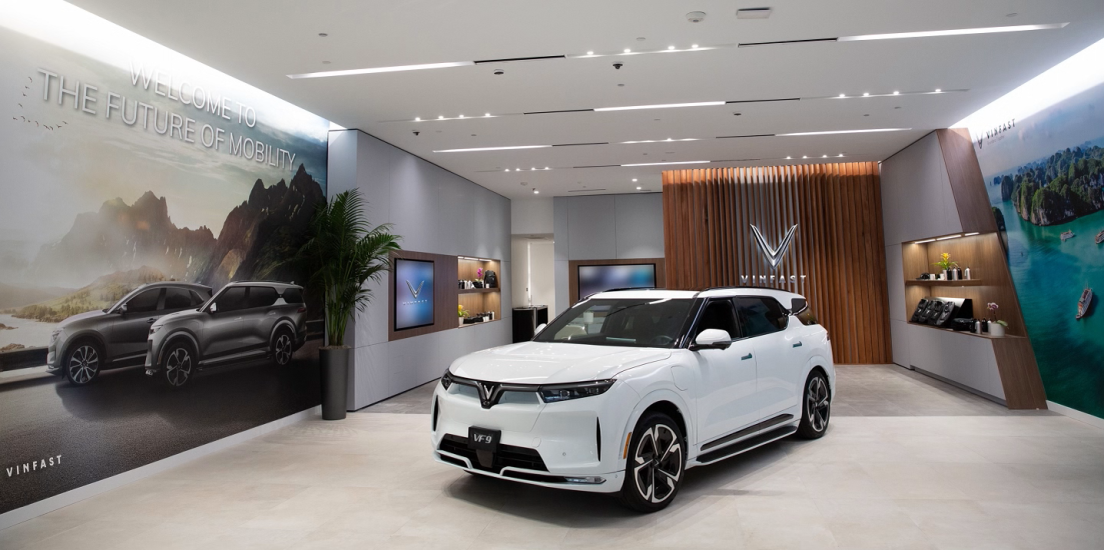Banks are revving up their work with electric vehicle manufacturers by forging partnerships, offering vehicle financing and collaborating on digital tools.
The sector is sizzling: Moody's Investors Service reports that sales and announced launches of alternative fuel vehicles, especially battery electric vehicles, or BEVs, "are gaining momentum in the U.S. as auto manufacturers drive toward their net-zero commitments," said Inna Bodeck, a senior analyst at Moody's. In the first quarter of 2023, BEVs averaged 7% of total light vehicle sales, compared to just over 2% at the beginning of 2021. Moody's projects the adoption rate of BEVs to increase to 7.5% for the full year, compared to 5.4% in 2022.
"The largest banks, which made significant investments in digital platforms, are especially well positioned to continue to offer products to electric vehicles buyers as early adopters prefer to look for these vehicles, purchase them and finance them online," said Bodeck.
Bank of America and JPMorgan Chase are two of the most active players, with educational microsites, multiple partnerships with manufacturers and charging stations at branches. Others, such as U.S. Bancorp in Minneapolis, have forged their own partnerships or are rewarding credit card customers with bonus points on par with gas purchases. Wells Fargo said that as consumers become more interested in EVs, it anticipates the percent of its lending tied to EVs will also grow, and that the bank is investing in infrastructure to support both consumers and dealers accordingly.
"There are a tremendous number of new models coming into the market," said John Tomlinson, global director of research at M Science, a research and analytics firm. "Any big finance player in the auto credit space will have to figure out how to price these loans and how much of a player they want to be."
Still, there are many variables that make participating in the EV market uncertain and lending to buyers potentially fraught.
"If you are an underwriter on the banking side, the biggest issue with any car is the negative equity that, in many cases, happens as soon as the customer drives it off the lot," said Tomlinson. "ICE [internal combustion engine] vehicles have been around for a long time and the depreciation curve is well known among makes, models and brands. With EVs, that is the biggest unknown." Batteries are the single biggest variable in depreciation.
Recent price cuts on Tesla vehicles may also cause volatility in the market. On top of that, "There are no guarantees that the startups making EVs will be around," said Tomlinson.
Bodeck believes that leases will be key to incentivizing consumers to purchase new BEVs, which are typically more expensive than ICE vehicles. For now, most leasing is done by captive lenders.
"The banks that start providing leases for EVs will carry higher risk, relative to if they only provided leases for ICE vehicles, primarily due to the rapid evolution of their major distinguishing component, the battery," she said. "It creates residual value risk." However, she notes there are several mitigating factors, including a slow rollout of EVs.
Here are five ways banks are plugging into the EV market.











